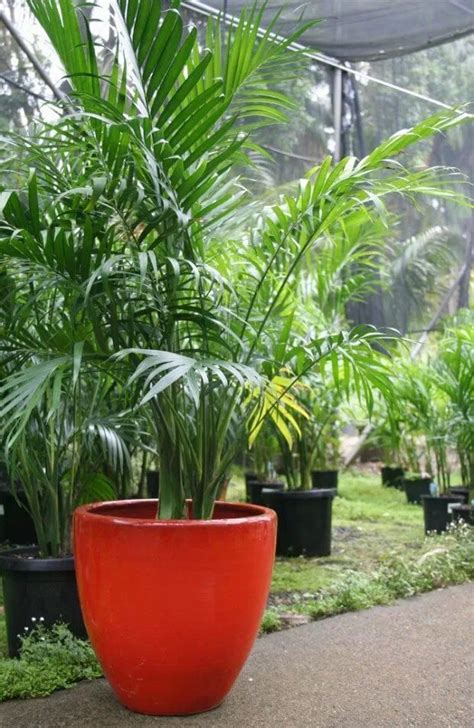Potted Palms: A Guide to Different Varieties
The lush, tropical beauty of palm trees brings a touch of paradise to any indoor space. But with so many varieties available, choosing the right potted palm for your home can feel overwhelming. This comprehensive guide explores various popular potted palm varieties, highlighting their unique characteristics, care requirements, and suitability for different environments. Whether you're a seasoned plant parent or a beginner, this guide will help you select the perfect palm to thrive in your home.
What are the Most Popular Types of Potted Palms?
Several palm species adapt well to indoor life, each offering its own distinct charm. Some of the most popular choices include:
-
Areca Palm (Dypsis lutescens): Known for its feathery, bright green fronds and clumping growth habit, the Areca palm is a popular choice for adding a vibrant, tropical feel. It's relatively easy to care for, making it ideal for beginners.
-
Kentia Palm (Howea forsteriana): This elegant palm boasts dark green, pinnate fronds and a slow growth rate, making it a long-lasting addition to any home. Its tolerance for low light conditions makes it a versatile option for various indoor spaces.
-
Parlor Palm (Chamaedorea elegans): A smaller, more compact option, the Parlor Palm is perfect for apartments or smaller rooms. Its delicate fronds and unfussy nature make it a low-maintenance choice for busy individuals.
-
Bamboo Palm (Chamaedorea seifrizii): With its slender, cane-like stalks and bright green fronds, the Bamboo Palm offers a unique aesthetic. It thrives in medium to low light conditions and is known for its air-purifying qualities.
-
Date Palm (Phoenix dactylifera): While known for its large size outdoors, smaller varieties of date palms can be successfully grown indoors. These palms require more sunlight than other varieties and can produce edible dates (although this is less common indoors).
-
Fishtail Palm (Caryota urens): This palm gets its name from its distinctive, fishtail-shaped leaves. It's a more dramatic choice with a unique visual appeal, however, it's generally considered a more challenging palm to care for indoors.
How Much Sunlight Do Potted Palms Need?
What are the light requirements for different types of potted palms? Light requirements vary greatly depending on the species. While some, like the Kentia palm, tolerate low light conditions, others, such as the Date palm, need bright, indirect sunlight to thrive. Always research the specific light requirements of your chosen palm variety to ensure optimal growth. Too much direct sun can scorch the leaves, while insufficient light can lead to leggy growth and yellowing.
How Often Should I Water My Potted Palm?
How often should I water my potted palm and what are the signs of overwatering or underwatering? Overwatering is a common problem with potted palms, leading to root rot. Allow the top inch or two of soil to dry out before watering thoroughly. Signs of underwatering include dry, brittle leaves, while overwatering manifests as yellowing leaves and mushy soil. The frequency of watering depends on factors like the size of the pot, the type of soil, and the ambient temperature and humidity.
What Kind of Soil Do Potted Palms Need?
What type of soil is best for potted palms? Well-draining potting mix is crucial for preventing root rot. A mix specifically formulated for palms or a general-purpose potting mix amended with perlite or orchid bark will provide excellent drainage. Avoid heavy clay soils that retain too much moisture.
How Do I Fertilize My Potted Palm?
How often should I fertilize my potted palms and with what type of fertilizer? During the growing season (spring and summer), fertilize your potted palm every 2-4 weeks with a balanced liquid fertilizer diluted to half strength. Reduce or cease fertilization during the dormant season (fall and winter).
How Do I Repot My Potted Palm?
When and how should I repot my potted palm? Repotting is necessary when the plant becomes root-bound, typically every 2-3 years. Choose a pot slightly larger than the previous one and use fresh, well-draining potting mix. Repotting should be done in spring or early summer.
Conclusion
Bringing the beauty of potted palms into your home can significantly enhance your living space. By understanding the specific needs of each variety and following proper care techniques, you can enjoy the lush greenery and tranquility these magnificent plants bring for years to come. Remember to always research the specific requirements of your chosen palm to ensure its long-term health and vibrant growth.

